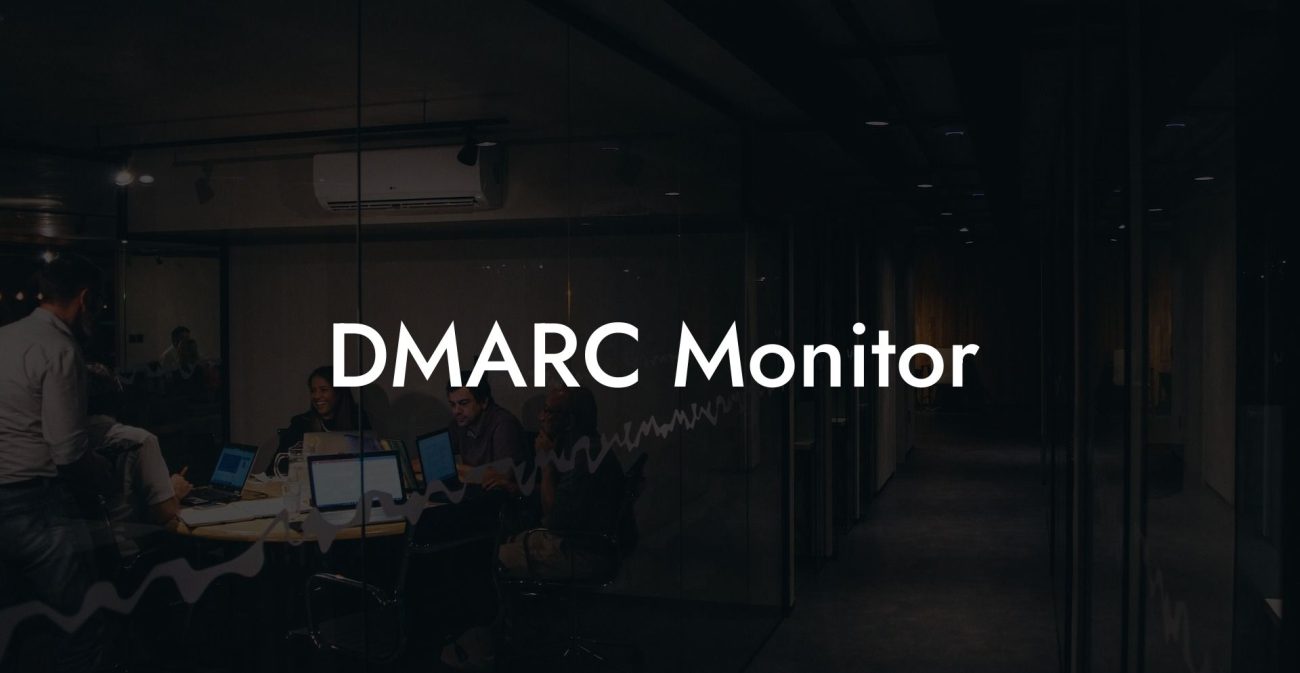In today's digital world, cybercrimes such as email phishing and spoofing constantly threaten the security of users’ information and online assets. As a business or an organization, it's crucial to take proactive measures to ensure the integrity of your email communication. To help you combat threats like these, DMARC (Domain-based Message Authentication Reporting & Conformance) offers an efficient solution. In this article, we’ll dive into the DMARC P=Reject policy and how it serves as a robust defense against email-related cyber risks.
What is DMARC and Why is it Important?
DMARC is a widely accepted email authentication protocol that aims to protect your domain from fraudulent emails and spoofing scams. It builds upon the existing authentication systems, SPF (Sender Policy Framework) and DKIM (DomainKeys Identified Mail), to create an email validation system that guarantees the authenticity of emails coming from your domain.
Protect Your Data Today With a Secure Password Manager. Our Top Password Managers:
Why is this important? Email phishing and spoofing scams are among the fastest-growing cybercrimes, causing billions of dollars in losses globally. With DMARC, organizations can ensure that their email communication is secure and free of unauthorized attempts to exploit their brand.
Understanding DMARC Policies
DMARC policies dictate how a recipient server should handle emails that fail DMARC authentication. There are three types of DMARC policies:
1. None: Collects and monitors email reports but doesn't enforce any actions.
2. Quarantine: Moves suspicious emails to the spam folder or a designated quarantine area.
3. Reject: Blocks unauthenticated emails and prevents them from being delivered.
DMARC P=Reject Policy
The DMARC P=Reject policy is the most stringent DMARC policy, wherein the recipient server is instructed to reject all emails that fail the DMARC authentication. This powerful approach effectively stops any unauthorized emails from reaching your users' inboxes, reducing the risks associated with phishing and spoofing.
Benefits of DMARC P=Reject Policy
- Enhanced Security: By rejecting unauthenticated emails, the P=Reject policy drastically mitigates the chances of phishing and spoofing attacks.
- Better Sender Reputation: Ensuring only legitimate emails are delivered to your recipients can significantly improve your domain's reputation, increasing email deliverability rates.
- Reduced Brand Exploitation: Preventing cybercriminals from impersonating your brand in phishing scams helps maintain your organization’s credibility and trustworthiness.
- In-Depth Reporting: DMARC reports provide detailed insights into email authentication results, helping you monitor your email infrastructure and improve its security.
DMARC P=Reject Example:
For instance, suppose a cybercriminal tries to send a phishing email impersonating the domain "example.com" without proper authentication. The email may appear to be from "support@example.com" and ask the recipient to provide sensitive information.
If the "example.com" domain has implemented the DMARC P=Reject policy, the recipient's server will check for proper authentication (DKIM and SPF). If it fails, the email will be blocked, and the recipient will not receive the phishing email, thus protecting their sensitive information.
In conclusion, DMARC and its P=Reject policy are significant steps forward in the battle against cyber threats like phishing and spoofing. By rejecting unauthorized emails and maintaining a secure email environment, you can protect your organization from devastating financial and reputational harm. Now that you understand the importance and benefits of the DMARC P=Reject policy, it’s time to explore how to implement it for your domain to ensure maximum email security. If you found this guide helpful, don't forget to share it with your network and explore other articles on Voice Phishing for more relevant and insightful information on cybersecurity.
Protect Your Data Today With a Secure Password Manager. Our Top Password Managers:















